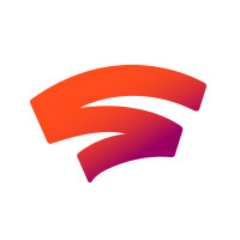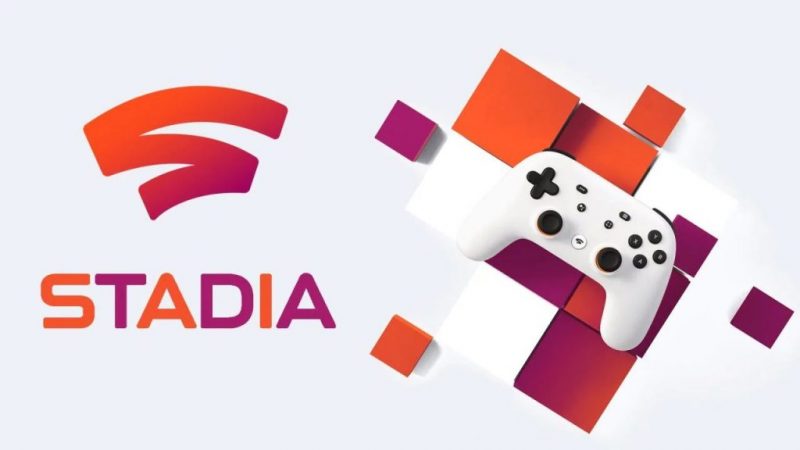Earlier this week, Chrome users using the newest version of Chrome on the Windows 10 platform began seeing notifications from the world’s most popular web browser in their Action Center. Chrome notifications will use the same design and style as the standard Windows notifications and will show up in the Action Center (the bottom-right corner of the screen on a traditional desktop layout).
We're now rolling out support for native notifications in Chrome 68 using the Windows 10 Action Center—super exciting! Would love to hear your feedback! pic.twitter.com/UIDzaroR9D
— Peter Beverloo (@beverloo) August 8, 2018
Google is rolling out the new version in waves. The update was released on August 8th and 50% of users with the stable and most updated version of Chrome (Chrome 68) will be automatically opted-in to the new notifications system. Chrome users who don’t want to wait for the rollout and want the update right now can easily do so:
- Update to the newest version of Chrome- Chrome 68.
- Launch Chrome and type in “chrome://flags” in the address bar and hit Enter.
- Turn on the “Enable native notifications” option.
This will force Chrome to enable the native alerts immediately.
This update will make Chrome’s notifications work with Windows settings.
For example, if you’re a user of Focus Assist (AKA Quiet Hours), which allows users to block notifications during a videogame or when the screen is being mirrored, Chrome won’t bug you with notifications and will respect your Windows settings. Users with lots of notifications from Chrome (Facebook, Twitter, Calendar, Slack, Stocks, Gmail, etc.) will have all their alerts silenced when needed rather than showing up when they’re not welcome.
Source: ArsTechnica







